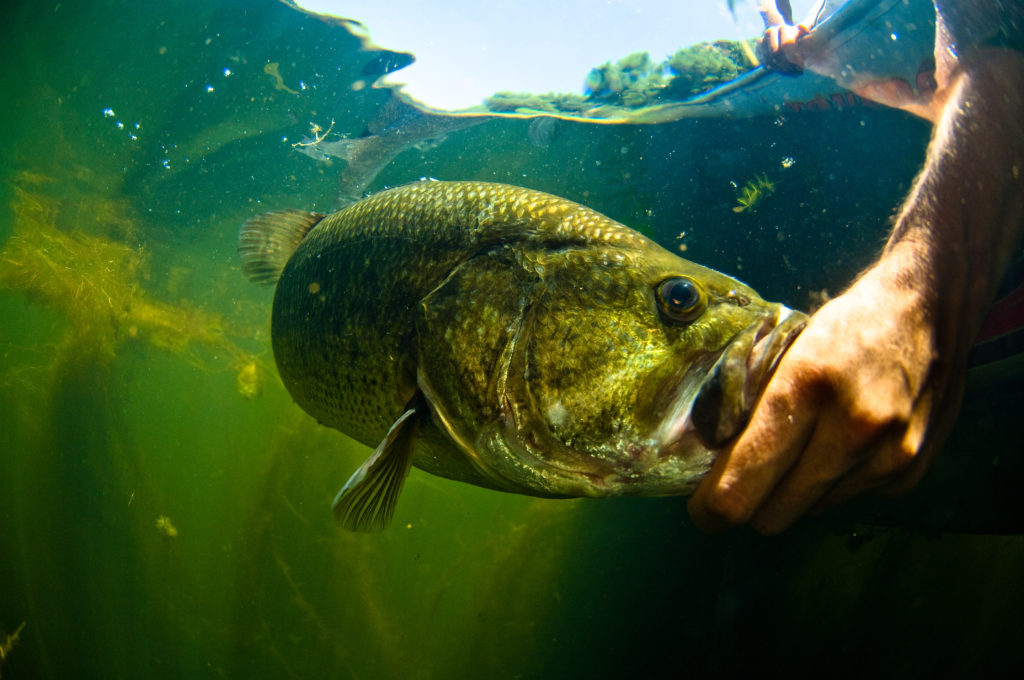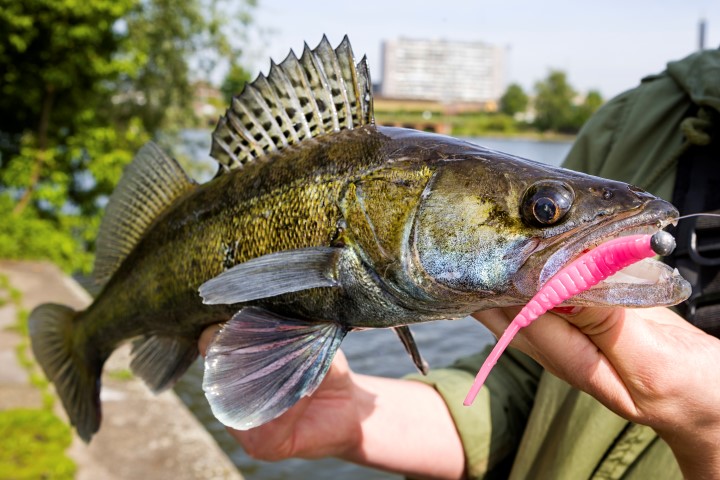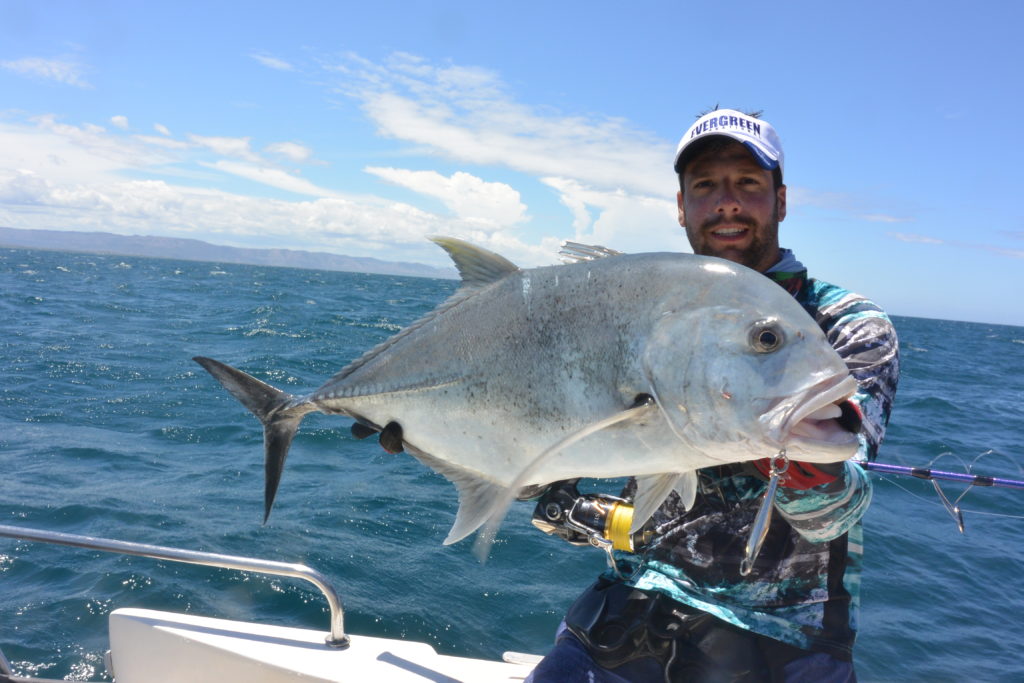Chatterbait fishing is an all-purpose fishery which will enable you to Fish for all types of predator in all conditions. After arriving on our shores a few years ago, chatterbaits have taken our tackle boxes by storm, and rightly so. Their effectiveness has been proven. After several years of chatterbait fishing, we wanted to highlight this lure in this article, which will help you maximise your understanding of it.
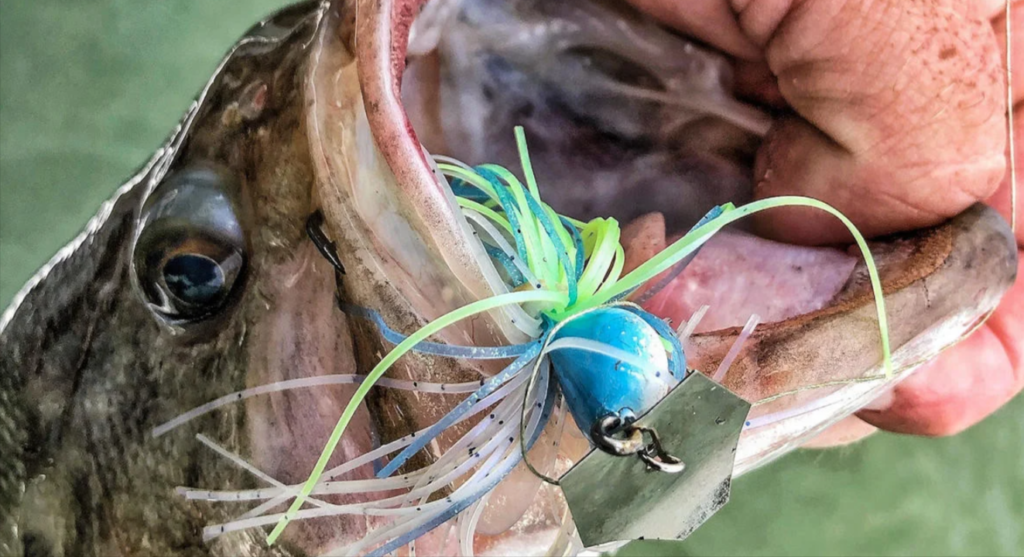
What is a chatterbait?
A chatterbait is quite simply a hybrid metal lure which combines the characteristics of three specific lures: the vibration of a crankbait, the flash of a spinnerbait and the profile of a jig.
The chatterbait has an erratic retrieve action that will not go unnoticed by any predator. The big advantage of the chatterbait fishing is that it is very easy to recover in linear form and works at all levels of the water layer.
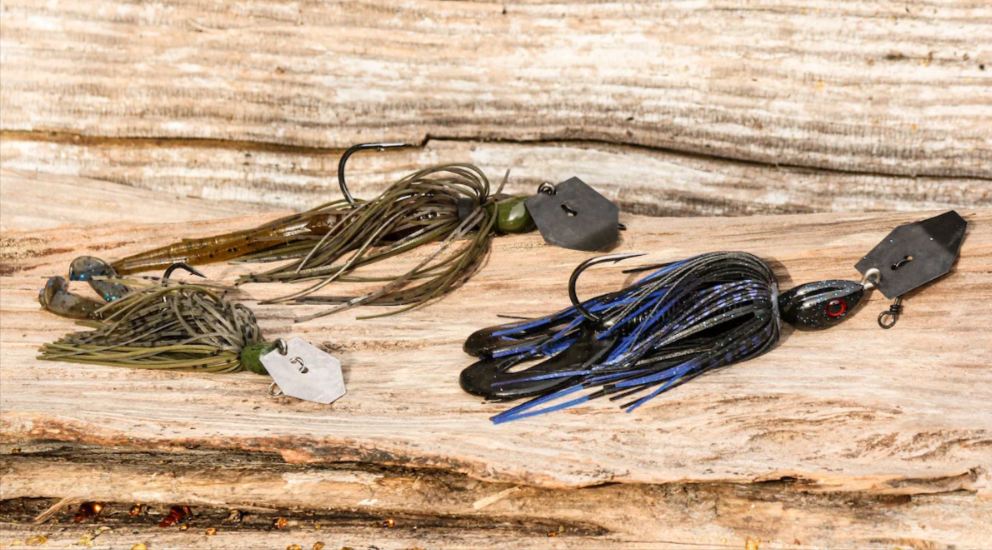
This ease of use is what makes it so successful. In fact, you don't need to be a pro to chatterbait fishing. At first, just cast and retrieve your chatterbait. Then apply a few tip movements and change your retrieve speed. You'll soon see just how effective your chatterbait can be at triggering reflex attacks on all types of predator.
The Chatterbait can also be used for stop-and-go or jigging, particularly in very congested areas.
This lure is particularly effective when fishing in areas with vegetation, stumps, rocks and other obstacles. In fact, thanks to its profile and vibrating blade, it can be retrieved through these areas without snagging.
Which colours are best for chatterbait fishing?
There is no miracle colour for fishing. Visit chatterbait is no exception. All can be adapted to a particular situation. At Rodmaps, we prefer to use colours that are as natural as possible for the fishing environment.
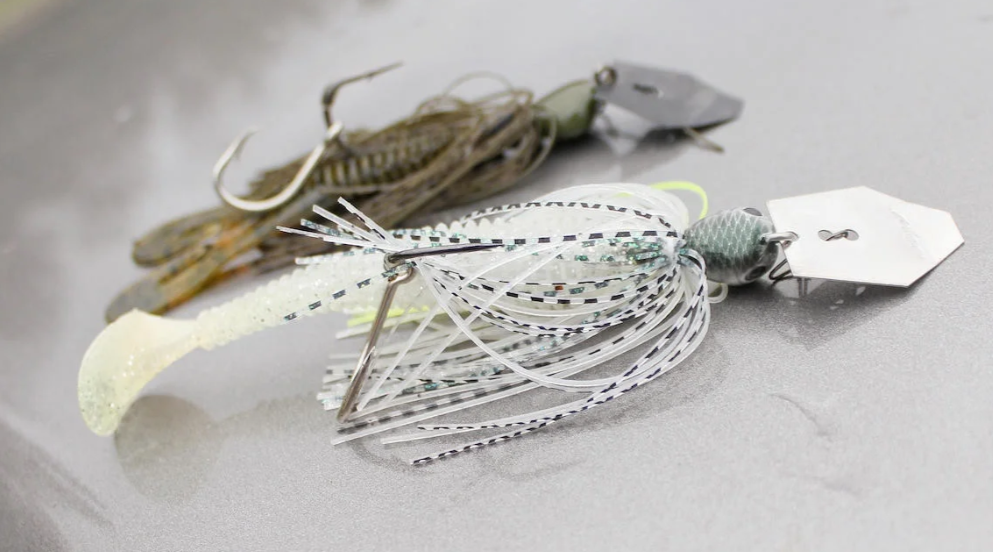
Let's look at a few general rules and the colours we usually select.
White: A benchmark colour for chatterbait fishing
This colour generally imitates perfectly the forage fish of our environment: roach, bleak, bream, etc. We greatly prefer this colour when we fish with our rod and reel. chatterbait in clear waters. When the weather is sunny, we prefer whites with a bit of flash or sparkle. On overcast days, pearlescent or matt colours tend to work better.
Chartreuse: An all-purpose colour for chatterbait fishing
Like white, chartreuse is intended to mimic forage fish. This colour works very well in tinted to clear water on cloudy days, and in tinted to muddy water in sunny conditions. This colour reflects a lot of light and allows the carnivore to target the chatterbait at skirt level.
Green pumkin: A colour for both jig and chatterbait
If there was only one colour to stick to when chatterbait fishing, it would be the green pumkin. This colour makes it a discreet lure whatever the water clarity. In our opinion, a chatterbait makes the most sense in overgrown or grassy areas. The forage that usually inhabits these areas tends to blend into the green environment. So we think that's why this colour works so well.
In general, the green pumkin colour is the one we prefer without knowing an environment.
Which trailer for chatterbait fishing?
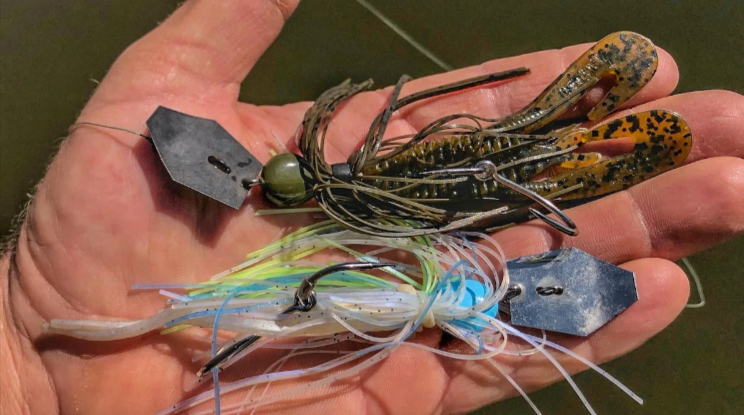
Whatever the situation, we advise you toadd a trailer to your chatterbait. The trailer allows you to present a more voluminous prey, but also one that is more natural to retrieve.
Visit three types of trailers that we strongly recommend for chatterbait fishing. When it comes to colour, we recommend matching the colours of your chatterbait skirt and trailer.
The shad trailer
If you fish in dense areas (weeds, submerged trees), we recommend you add a shad trailer to your chatterbait. Its slimmer, more aerodynamic profile seems to work better as it passes more easily through dense areas. You can also use this type of trailer in prospecting and power fishing mode, imitating forage fish in danger in open water.
The creature trailer
We love chatterbait fishing with creatures because their profile displaces more water and helps trigger attacks from active fish. The silhouette is also more prominent, as is the vibration to annoy any carnivorous fish hunting in the vicinity. This type of trailer also works very well when fishing on the bottom, imitating a fleeing crayfish.
The grub trailer
It's probably the type of trailer we use the least, but we didn't want to miss out. This type of trailer works well on small chatterbaits, imitating a small larva, a glass and overall a small mouthful for any carnivore.
Ultimately, the choice of trailer for chatterbait fishing will depend on the fishing situation and your preferences. It's important to vary the types of trailers and change colours to find what works best in each situation.
Which rod and reel should you choose for chatterbait fishing?
Linear chatterbait fishing is similar to crankbait fishing. For this reason, we prefer fibreglass fishing rods. These rods absorb the strong vibrations of the chatterbait. The length of the rod will depend on the fishing situation. But in general, a rod between 180cm and 230cm long is recommended for chatterbait fishing.

For the line body, we recommend using nylon. This will also absorb the vibrations of the lure. So you won't get as tired after dozens of hours of casting and reeling.
When it comes to reels, most anglers prefer round profiles because of the aluminium frame and the mechanics, which can be put to the test by lures that can damage the equipment.
Useful links to complete this article on chatterbait fishing
Pike crankbait: 5 essential pike crankbaits
Pike jerkbait: our selection of 5 pike jerkbaits
Pike lures: 10 pike lures to have in your box of lures
The 10 best types of black bass lures

